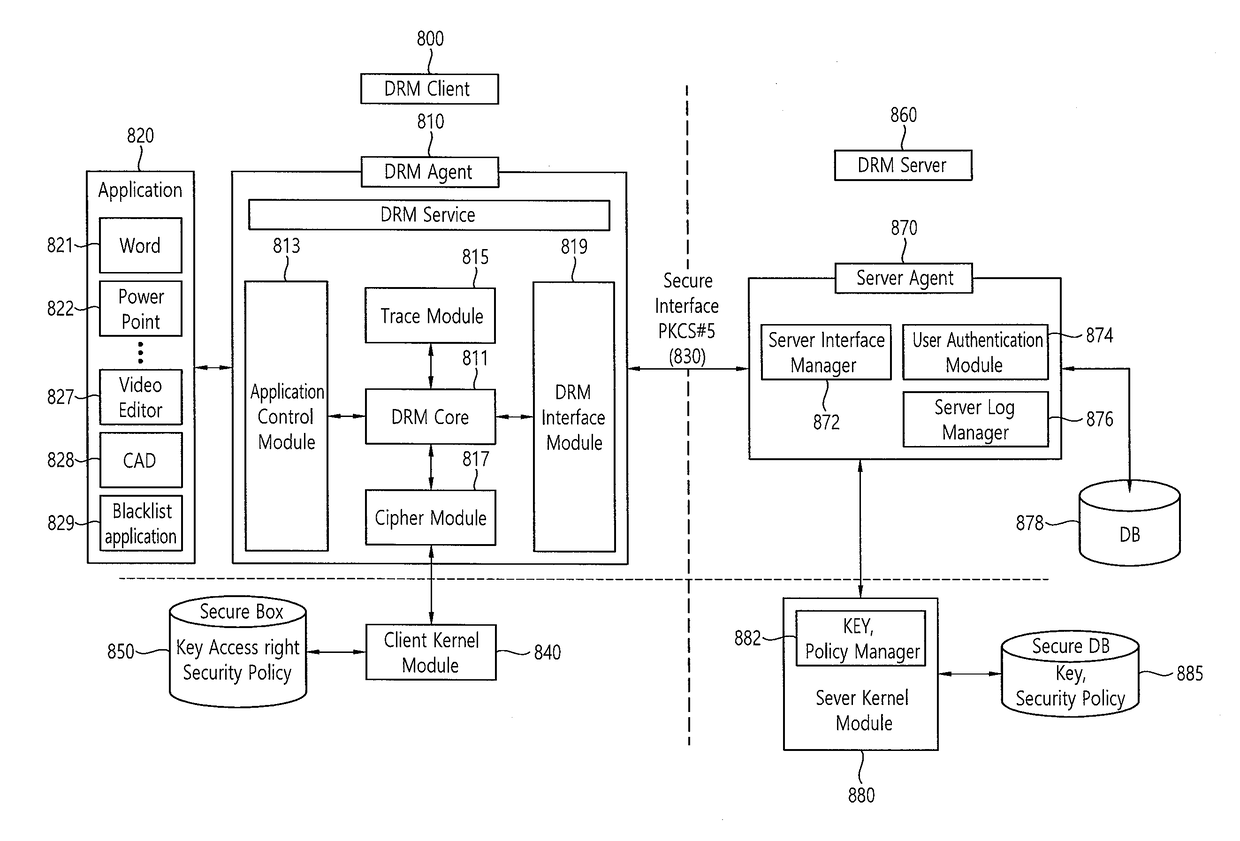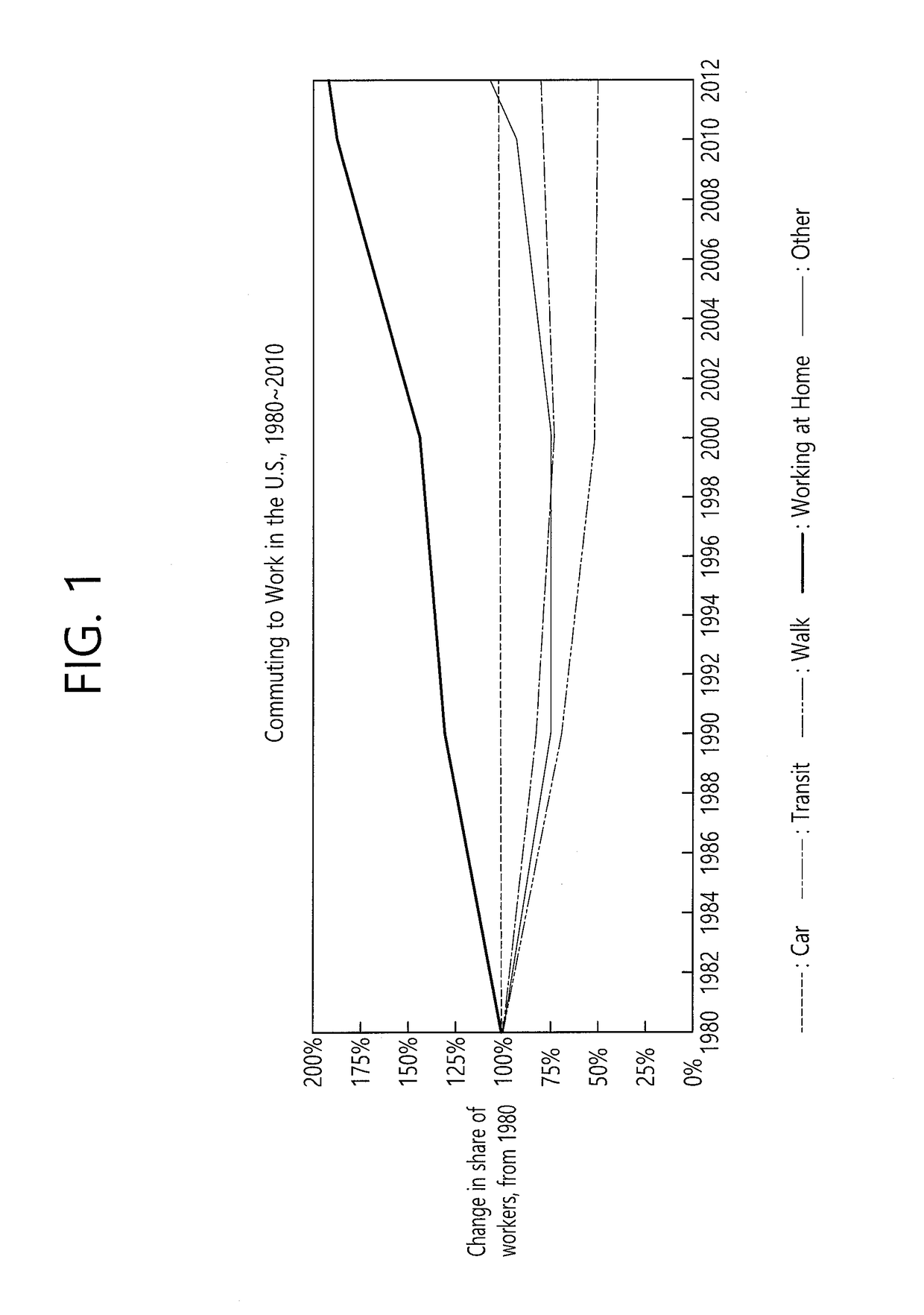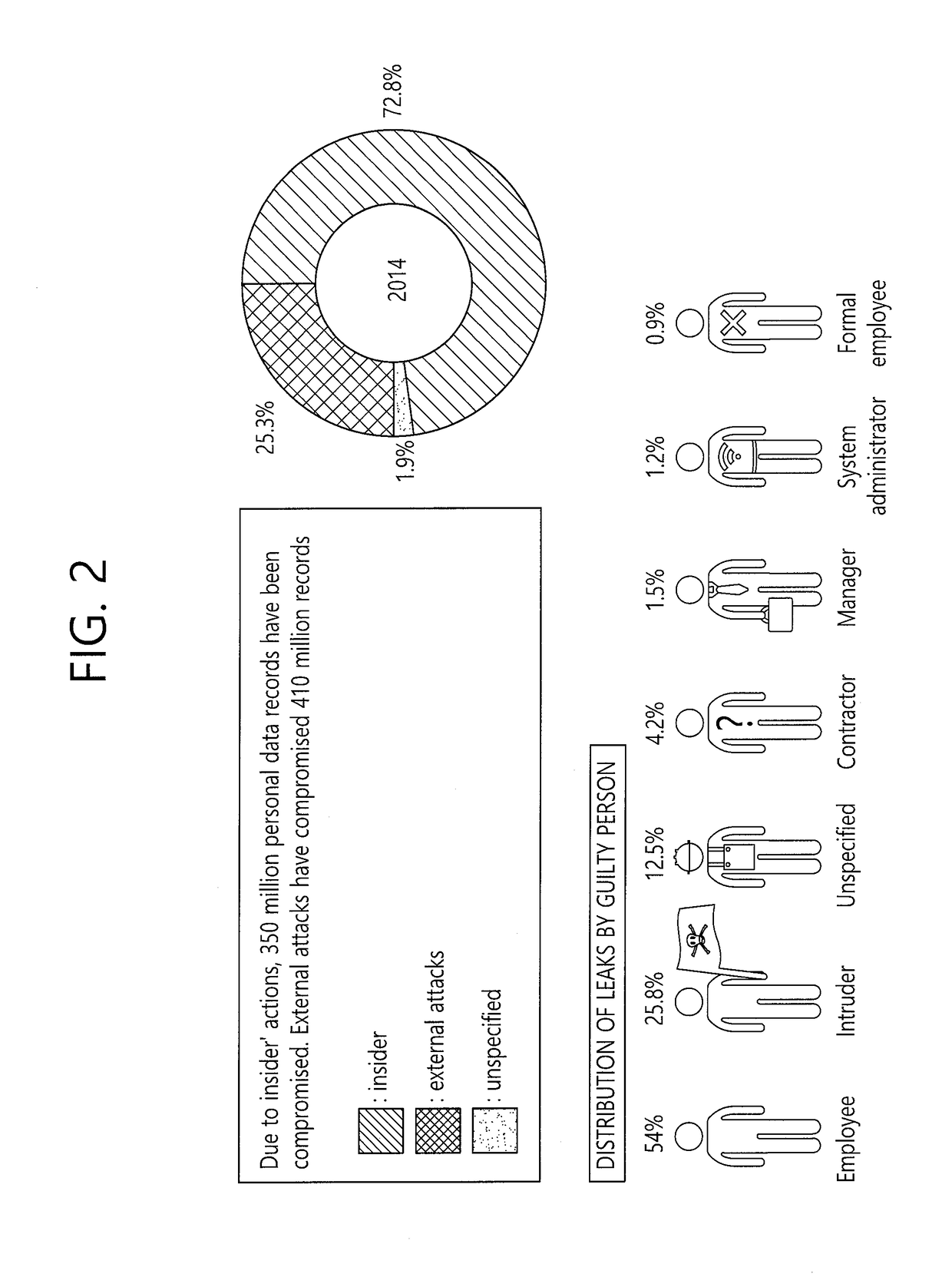Method and apparatus of drm systems for protecting enterprise confidentiality
a drm system and confidentiality technology, applied in the field of content security systems, can solve the problems of drm technology being less productive, drm technology not being able to handle the evolving ict environment, drm technology lacking the tracing capability required for printed contents, copied conten
- Summary
- Abstract
- Description
- Claims
- Application Information
AI Technical Summary
Benefits of technology
Problems solved by technology
Method used
Image
Examples
Embodiment Construction
[0115]The present invention may have various modifications and various embodiments and specific embodiments will be illustrated in the drawings and described in detail.
[0116]However, this does not limit the present invention to specific embodiments, and it should be understood that the present invention covers all the modifications, equivalents and replacements included within the idea and technical scope of the present invention.
[0117]Terms such as first, second, and the like may be used to describe various components and the components should not be limited by the terms. The terms are used only to discriminate one constituent element from another component. For example, a first component may be referred to as a second component, and similarly, the second component may be referred to as the first component without departing from the scope of the present invention. A term ‘and / or’ includes a combination of a plurality of associated disclosed items or any item of the plurality of ass...
PUM
 Login to View More
Login to View More Abstract
Description
Claims
Application Information
 Login to View More
Login to View More - R&D
- Intellectual Property
- Life Sciences
- Materials
- Tech Scout
- Unparalleled Data Quality
- Higher Quality Content
- 60% Fewer Hallucinations
Browse by: Latest US Patents, China's latest patents, Technical Efficacy Thesaurus, Application Domain, Technology Topic, Popular Technical Reports.
© 2025 PatSnap. All rights reserved.Legal|Privacy policy|Modern Slavery Act Transparency Statement|Sitemap|About US| Contact US: help@patsnap.com



